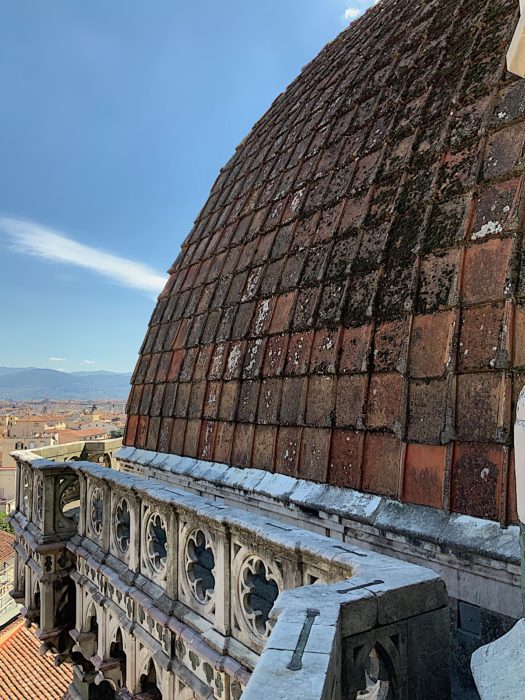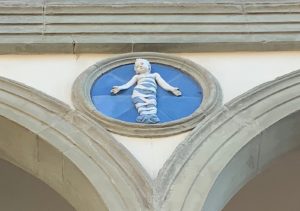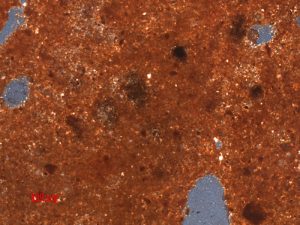
Name
Ceramic
Common names
Bricks, Glazed Earthenware, Glazed Terracotta
Classification
Ceramic
The word “ceramic” comes from the greek keramos=clay, “terra del vasaio”.
According to the legislations, the ceramic product is defined as a non-metallic, organic material obtained by clay minerals, cold-fashioned and consolidated in an irreversible way. The history of ceramic started 75.000 years ago when the Neanderthal man, after discovering the fire, began to bake the clay. The production of the ceramic goes trough the millenia in various countries (China, Mesopotamia, Crete, Persia, Greece, Italy). Since the late Middle Age and during the Renaissance, various decorative forms, for both the coloristics and depiction of the so-called stories, were developed in Italy. At the end of XIX century, the production of ceramics had a considerable increase due to the introduction of some industrialised techniques. In Firenze the use of ceramics is scarce; during the Renaissance they were used as bricks in the Brunelleschi dome of the Cattedrale di Santa Maria del Fiore and in the domes of the Cappelle Medicee as well as in the façades of others florentine churches (e.g. Basilica di San Lorenzo, Basilica di Santa Maria del Carmine, Chiesa di San Felice in Piazza) and in the Fortezza da Basso. Another kind of Ceramic, the glazed Terracotta, was obtained by Della Robbia (XV-XVI centuries) and used in Firenze, in several bas-reliefs, to decorate churches and many other buildings.
The ceramic is made by clay and other minerals such as quartz, micas, feldspars, iron oxides and hydroxides, carbonates, solfures, solphates and organic material. The mineralogical composition varies according to the ceramic types and the coating presence. This latter is not present in the brick whereas the glazed Terracotta has a lead and tin based vitreous enamel giving to the artifact the apparent marble consistency.
Macroscopic description
The macroscopic aspect of the ceramics is variable. The bricks used in Firenze display a porous texture and a red to orange-yellow colour. The glazed Terracotta has porous texture, a tin based enamel and variable colour; in the Della Robbia bas-reliefs the characteristic white and blue colours are obtained adding alkaline elements such as sodium and potassium and metallic oxides. In some cases it is possible to oberve yellow, green, turquoise, brown and black colours.
Microscopic description
The microscopic aspect of the ceramics is variable. In the microscopic observations it is possible to distinguish a clay matrix with silt and a skeleton made of secondary minerals and/or other material both of natural or artificial origin. Cracks are often observable.

